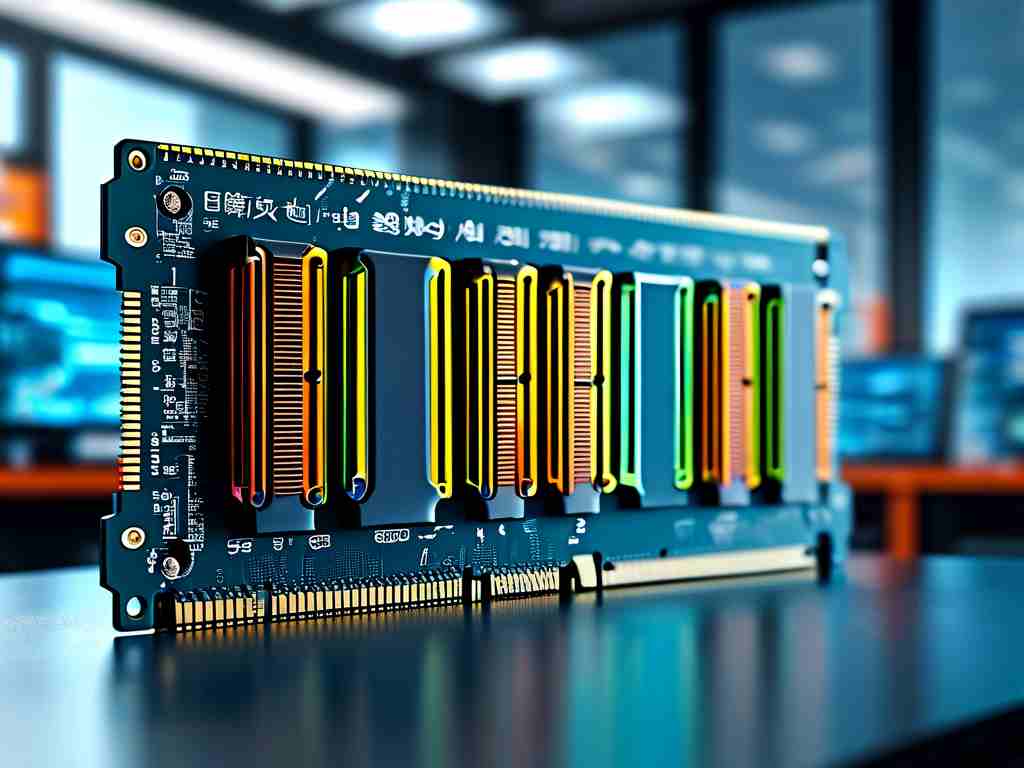Memory timing parameters are critical to the performance of computer systems, yet they remain one of the most misunderstood aspects of hardware configuration. This guide will explain how to calculate memory timing parameters, their significance, and practical steps to optimize them for better system responsiveness and stability.
1. What Are Memory Timing Parameters?
Memory timing parameters define the latency and synchronization of operations within RAM modules. These values, often listed as a series of numbers (e.g., CL16-18-18-36), represent the delays between specific actions performed by the memory controller and the RAM. Key parameters include:

- CAS Latency (CL): The delay between a read command and data availability.
- tRCD (RAS to CAS Delay): The time required to activate a row and access a column.
- tRP (Row Precharge Time): The delay to close one row and open another.
- tRAS (Active to Precharge Delay): The minimum time a row must remain active.
These timings are measured in clock cycles, and lower values generally indicate faster performance.
2. Why Calculate Memory Timing Parameters?
Calculating memory timings ensures compatibility and stability while maximizing performance. Overclockers, for example, adjust timings to push RAM beyond factory specifications. However, incorrect settings can cause system crashes or data corruption. Understanding how to calculate these values allows users to:
- Balance speed and stability.
- Troubleshoot memory-related issues.
- Optimize systems for gaming, content creation, or server workloads.
3. The Mathematics Behind Timing Calculations
Memory timings depend on the RAM’s clock speed and its internal architecture. Here’s how to derive actual latency in nanoseconds (ns):
Formula:
[ \text{Latency (ns)} = \frac{\text{Timing (cycles)} \times 2000}{\text{Transfer Rate (MT/s)}} ]
Example:
For DDR4-3200 (3200 MT/s) with CL16:
[ \text{CAS Latency} = \frac{16 \times 2000}{3200} = 10 \ \text{ns} ]
This formula highlights a key trade-off: higher clock speeds reduce latency per cycle, but aggressive timings may require slower cycles to maintain stability.

4. Step-by-Step Guide to Calculating Timings
Step 1: Identify Baseline Specifications
Check your RAM’s default timings (e.g., via BIOS or tools like Thaiphoon Burner). Note the manufacturer’s rated speed (e.g., 3200 MT/s) and timings.
Step 2: Determine Target Frequency
Decide whether to overclock or underclock. Higher frequencies may require looser timings (higher cycle counts) to avoid errors.
Step 3: Adjust Primary Timings
- CAS Latency (CL): Start with incremental adjustments (e.g., CL16 → CL15). Test stability using tools like MemTest86.
- tRCD/tRP: These often scale with CL. A rule of thumb is tRCD = CL + 2.
- tRAS: Typically set to tRCD + tRP + 2–4 cycles.
Step 4: Calculate Secondary and Tertiary Timings
Parameters like tRFC (Refresh Cycle Time) and tFAW (Four Active Window) depend on voltage and temperature. Conservative users can leave these on “Auto” in BIOS.
Step 5: Validate and Stress-Test
Even minor timing changes can destabilize a system. Use benchmarks (e.g., AIDA64) to verify performance gains and ensure no errors occur under load.
5. Tools for Timing Management
- BIOS/UEFI: Directly adjust timings and voltage.
- Thaiphoon Burner: Reads SPD (Serial Presence Detect) data for detailed RAM specs.
- DRAM Calculator for Ryzen: Automates timing calculations for AMD systems.
- HCI MemTest: Detects memory errors during overclocking.
6. Common Pitfalls and Solutions
- Overly Aggressive Timings: Causes system instability. Revert to default settings and adjust incrementally.
- Voltage Limits: Excessive DRAM voltage (>1.5V for DDR4) risks hardware damage. Stay within safe limits.
- Incompatible Kits: Mixing RAM modules with different timings may force all sticks to run at the slowest profile.
7. Real-World Impact of Timing Adjustments
In gaming, tighter timings can improve frame rates by reducing stutter. For productivity tasks like video rendering, higher bandwidth (frequency) often outweighs latency benefits. Testing both scenarios is crucial.
Calculating memory timing parameters requires a blend of technical knowledge and experimentation. By understanding the relationship between clock cycles, latency, and stability, users can unlock hidden performance gains in their systems. Always prioritize gradual adjustments and rigorous testing to avoid compromising reliability. As DDR5 and newer technologies emerge, these principles will remain foundational for hardware enthusiasts and professionals alike.









